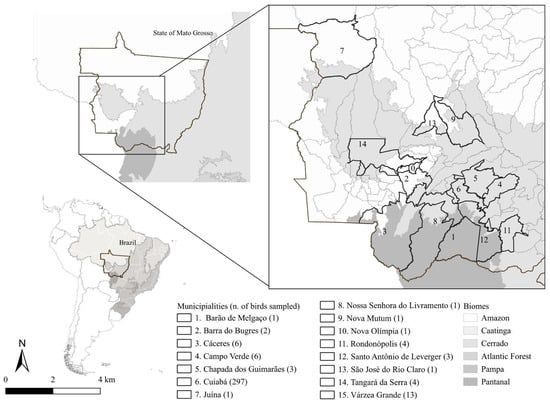Evidence for Transcription and Horizontal Gene Transfer in Dipteran Germline-Restricted Chromosomes
Germline-restricted chromosomes (GRCs) constitute a unique class of chromosomes confined to reproductive cells. Arising across multiple, evolutionarily distant lineages, GRCs have been identified in three insect families (non-biting midges, gall midges, and fungus gnats), each within the order Diptera. Genomic characterisation in fungus gnats has revealed GRCs to be large, gene-rich chromosomes, which, together with their persistence over millennia, implies they play important biological roles within this clade. However, transcription from these chromosomes has yet to be demonstrated, leaving key questions about their function and activity unresolved. Here, we provide the first direct evidence of GRC-linked gene expression in the fungus gnat Bradysia coprophila, integrating RNA-seq data with cytological observations across multiple developmental stages. We report that GRCs express functional genes, though overall transcription is highly limited, likely due to biological factors, such as transcriptional silencing in specific germline cell types, and technical constraints, including filtering to avoid mismapping from core chromosome paralogues. We identify 15 confidently expressed GRC-linked genes using stringent criteria, including five insect homologues of unknown function and nine resembling transposable elements, and report horizontal acquisition of a ~290 kb bacterial-derived region on GRC2. Furthermore, we perform in vitro immunofluorescence staining and confocal microscopy, which indicate increased GRC activity in female oocytes. Overall, these findings establish GRCs in fungus gnats as transcriptionally active, albeit tightly regulated and highly dynamic, chromosomes capable of expressing both endogenous and potentially horizontally acquired genes.







































